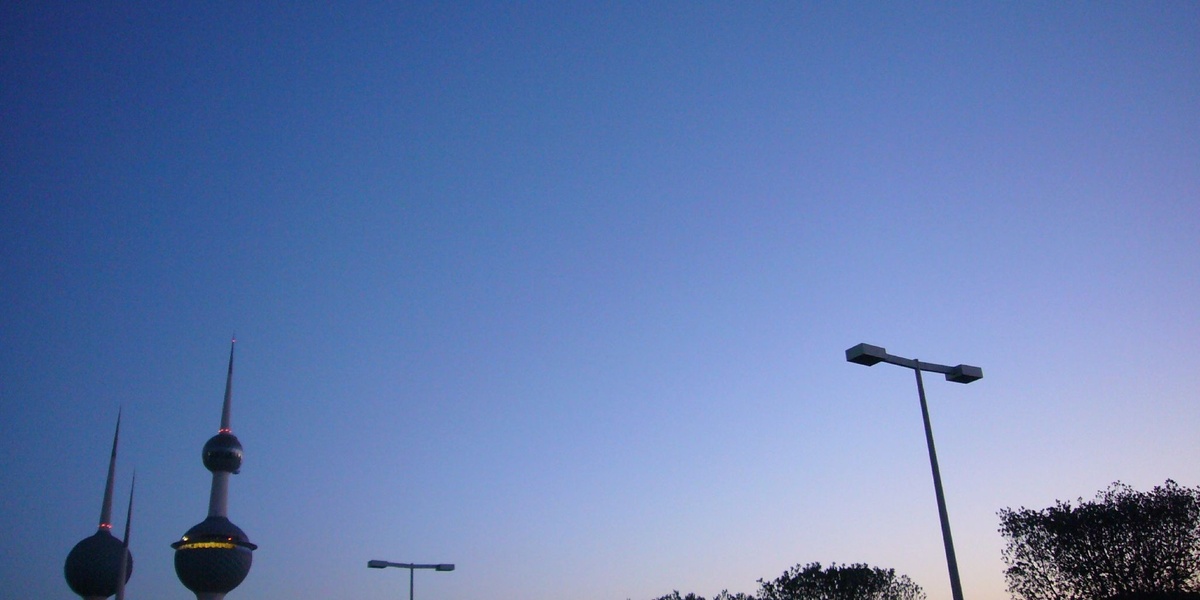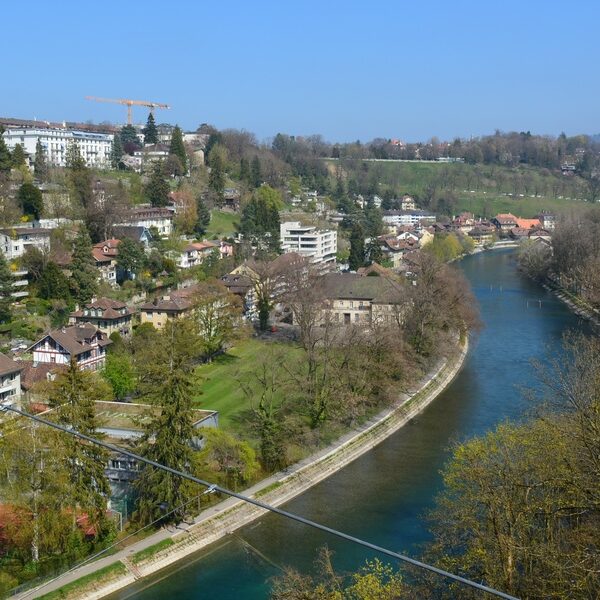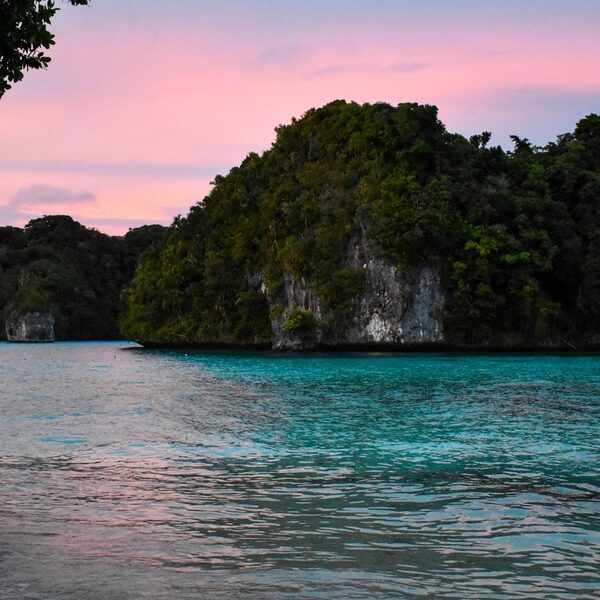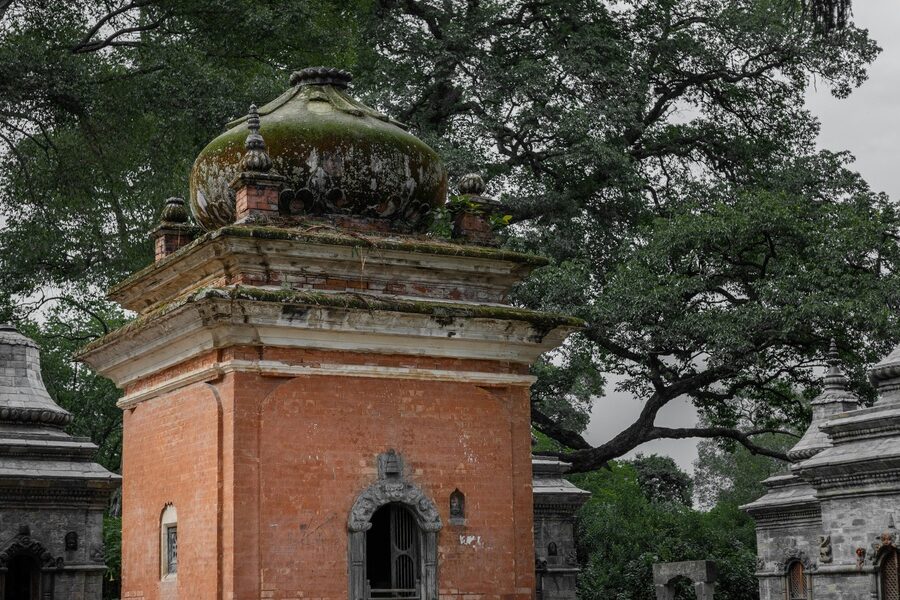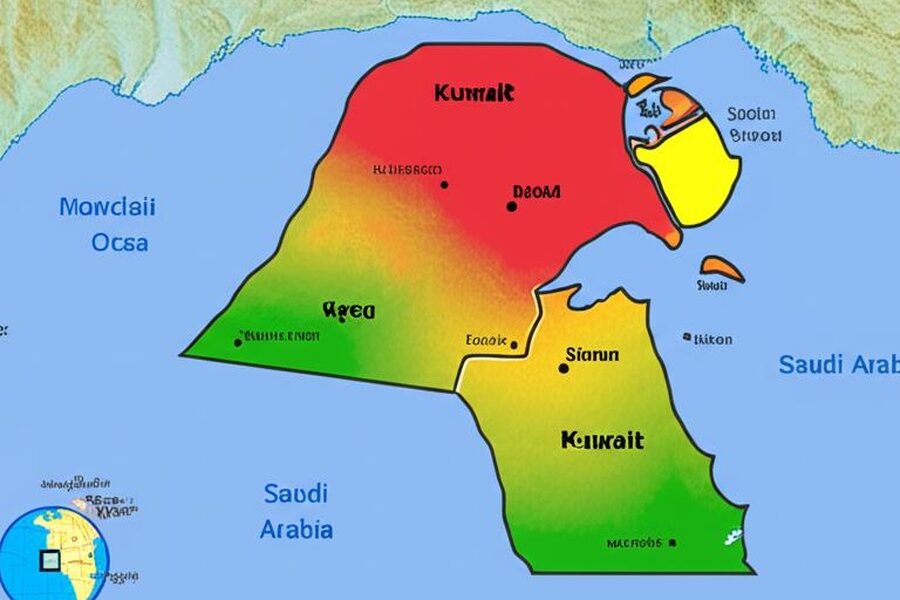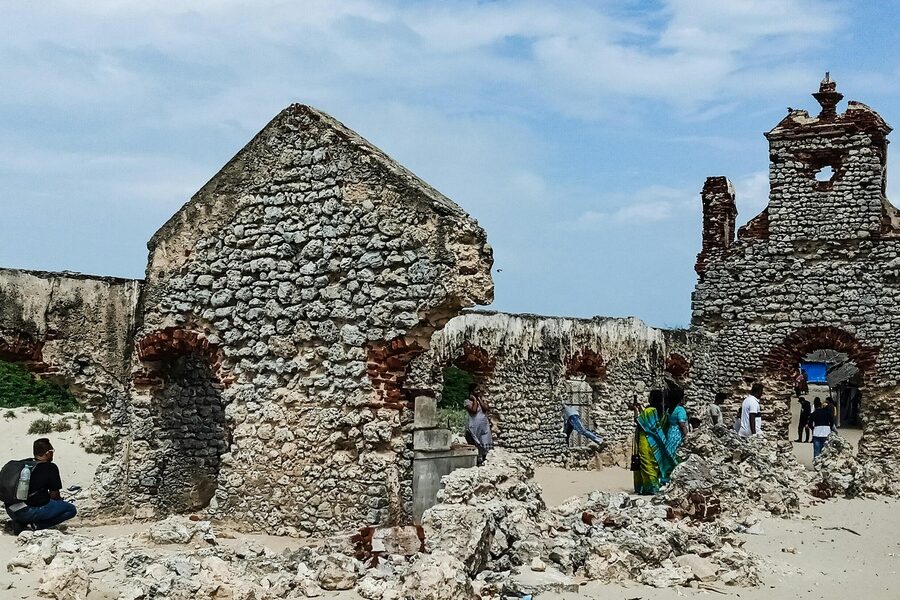Kuwait’s history is written across forts, trading ports and small islands that trace centuries of local and regional exchange. Walking through these places gives a clear sense of how commerce, defense and daily life shaped the coast and desert.
There are 29 Historical Places in Kuwait, ranging from Al-Jahra Red Palace to Umm an Namil Island; details are listed with Location,Era (period/century),Significance for each, which you’ll find below.
Which sites can I comfortably visit in a half-day when I’m short on time?
Choose one cluster rather than trying to cover the whole country: an inland site like Al-Jahra Red Palace combined with a nearby museum gives context and is easy in a few hours, while coastal promenades and city forts are usually quick stops; check opening hours and plan transport so you spend more time on-site than getting between places.
Do I need permits or special arrangements to see these historical places?
Most urban and museum sites are open to the public, but some islands, active archaeological areas or protected sites may require permissions or a guided visit and boat access; always verify with local authorities or visitor centers, respect signage, and carry ID and water when exploring.
Historical Places in Kuwait
| Name | Location | Era (period/century) | Significance |
|---|---|---|---|
| Souq Al-Mubarakiya | Capital | Late 19th Century | Historic traditional market, the cultural and commercial heart of old Kuwait. |
| Seif Palace | Capital, Kuwait City | Late 19th Century | Historic seat of Kuwait’s Emirs, known for its iconic blue-domed clock tower. |
| Kuwait Towers | Capital, Kuwait City | 1979 | Iconic national symbol representing Kuwait’s modern, post-oil prosperity and rise. |
| Kuwait National Museum | Capital, Kuwait City | Ancient – Present | Houses national antiquities, including artifacts from Failaka Island and the Al-Sabah Collection. |
| Beit Al-Sadu | Capital, Kuwait City | Early 20th Century | Preserves the Bedouin art of Sadu weaving in a traditional Kuwaiti house. |
| Dickson House Cultural Centre | Capital, Kuwait City | Late 19th Century | Former residence of British political agent Colonel Dickson, showcasing Kuwait-British relations. |
| Al-Jahra Red Palace | Jahra, Al Jahra | Early 20th Century | Site of the crucial 1920 Battle of Jahra, a defining moment in Kuwait’s history. |
| Failaka Island Archaeological Sites | Asimah, Failaka Island | Bronze Age – Hellenistic | Contains ruins from the Dilmun civilization and a Hellenistic fort. |
| Tareq Rajab Museum | Hawalli, Jabriya | Ancient – Present | Renowned private museum with a vast collection of Islamic arts, crafts, and manuscripts. |
| Maritime Museum | Capital, Salmiya | Historic | Showcases Kuwait’s rich seafaring, pearling, and dhow-building heritage. |
| Bait Al-Othman Museum | Hawalli, Hawally | Mid-20th Century | Large traditional house complex displaying Kuwait’s pre-oil and modern history. |
| Amricani Cultural Centre | Capital, Kuwait City | Early 20th Century | Housed in the former American Mission Hospital, now a major arts center. |
| Kuwait House for National Works | Hawalli, Shuwaikh | 1990-1991 | Memorial museum dedicated to the Iraqi invasion and subsequent liberation of Kuwait. |
| Shamiya Gate | Capital, Kuwait City | Early 20th Century | One of the few remaining gates of the historic defensive Kuwait City Wall. |
| Shaikh Mubarak Kiosk | Capital, Kuwait City | Early 20th Century | Kuwait’s first formal government office and courthouse under Sheikh Mubarak The Great. |
| Naif Palace | Capital, Kuwait City | Early 20th Century | Historic fort that became the first headquarters for Kuwait’s public security department. |
| Al-Qurain Martyrs’ House | Mubarak Al-Kabeer, Qurain | 1991 | Site of a key battle during the Gulf War, preserved as a museum. |
| Liberation Tower | Capital, Kuwait City | 1996 | Symbol of Kuwait’s liberation from Iraqi occupation and a major communications tower. |
| Al-Qusur Archaeological Site | Asimah, Failaka Island | Early Islamic (8th Century) | Remains of a large Nestorian Christian settlement and church from the Abbasid era. |
| As-Subiyah Archaeological Sites | Jahra, As-Subiyah | Ubaid Period (c. 5,000 BC) | One of the oldest prehistoric settlements discovered on the Arabian Gulf coast. |
| KOC Oil Display Centre | Ahmadi, Ahmadi | Mid-20th Century | Chronicles the history of oil discovery and its transformative impact on Kuwait. |
| Umm an Namil Island | Asimah, Kuwait Bay | Bronze Age – Islamic | Site of archaeological remains from Dilmun and later Islamic periods. |
| Beit Al-Bader | Capital, Kuwait City | 1837 | One of the oldest surviving traditional Kuwaiti houses, showing early architecture. |
| Kazimah Historical Area | Jahra, Kadhima | Pre-Islamic – 7th Century | Historical area mentioned in pre-Islamic poetry and site of the Battle of Chains. |
| Boom Al-Muhallab | Capital, Salmiya | 1937 | One of the last surviving large wooden cargo dhows (booms) built in Kuwait. |
| Old Souk Mosque | Capital, Kuwait City | Early 20th Century | Historic mosque located within the bustling Souq Al-Mubarakiya. |
| Qasr Khaz’al | Capital, Dasman | 1916 | Palace built by Sheikh Khaz’al of Muhammarah, showcasing unique regional architecture. |
| Bahra 1 Archaeological Site | Jahra, As-Subiyah | Neolithic (c. 7,000 BC) | The earliest evidence of a Neolithic coastal settlement in the Arabian Gulf. |
| Maqsab Gate | Capital, Kuwait City | Early 20th Century | A reconstructed gate of the old Kuwait City Wall, marking its historic perimeter. |
Images and Descriptions
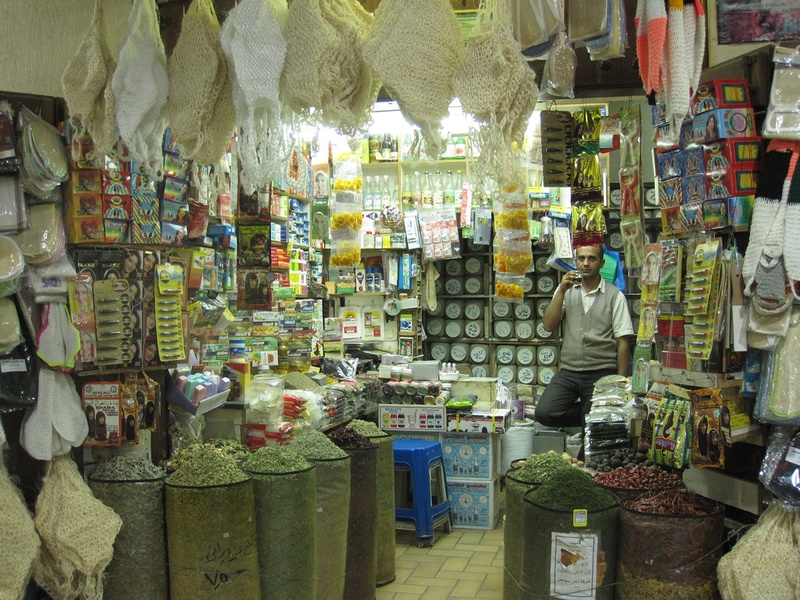
Souq Al-Mubarakiya
Note Souq Al-Mubarakiya as one of Kuwait City’s oldest markets. It sits near the Grand Mosque and keeps traditional shops and food stalls. It shows daily life and merchant culture from the 18th–20th centuries and serves as a key cultural stop for visitors.
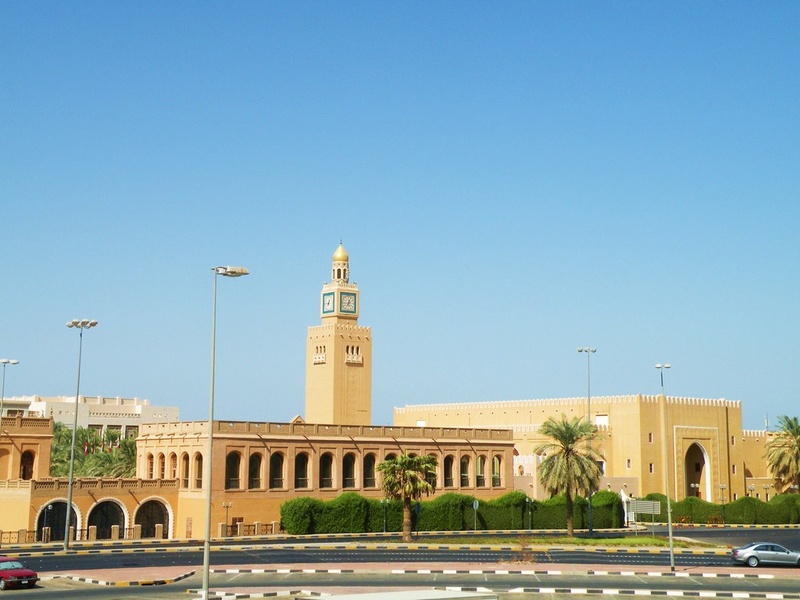
Seif Palace
Record Seif Palace as a historic palace on the waterfront in Kuwait City. It combines traditional and early 20th-century architecture and houses the famous clock tower. It represents royal history and state ceremonies in modern Kuwait.
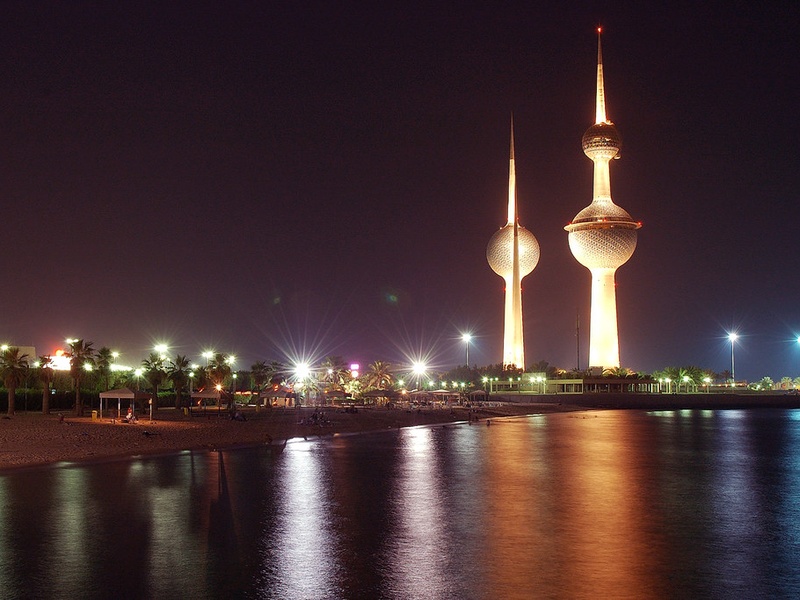
Kuwait Towers
List the Kuwait Towers as an iconic modern landmark from the late 20th century. They mix art and function with observation views and a restaurant. They symbolize Kuwait’s oil-era growth and are a major city landmark.
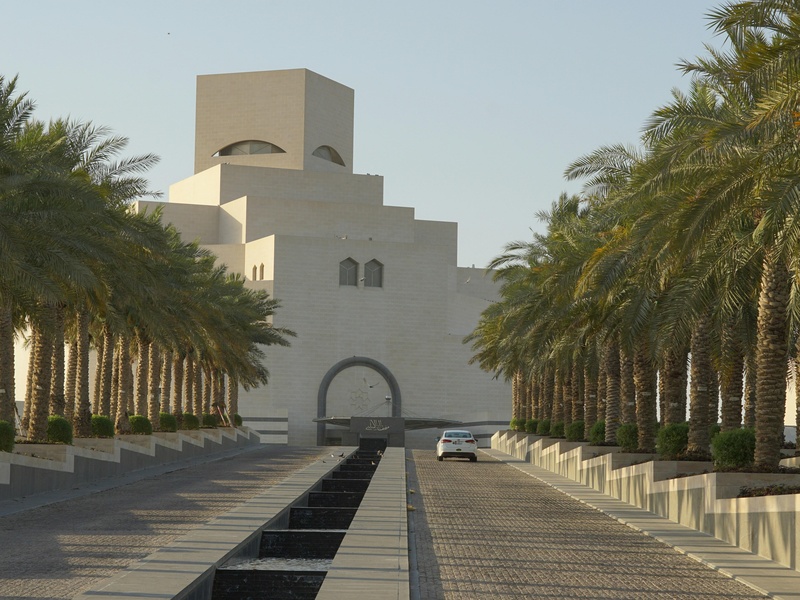
Kuwait National Museum
Include Kuwait National Museum as the country’s main museum complex. It presents archaeology, ethnography, and national history in modern exhibition spaces. It documents Kuwait’s past from ancient trade to contemporary statehood.

Beit Al-Sadu
Note Beit Al-Sadu as a living heritage center for Sadu weaving. It preserves Bedouin textile patterns and traditional craft techniques. It represents intangible cultural history of Kuwait’s nomadic communities.
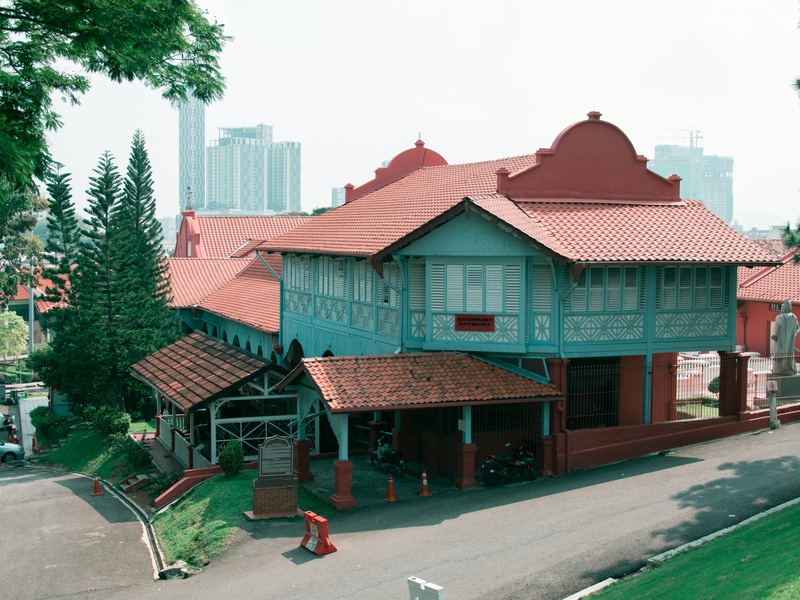
Dickson House Cultural Centre
Record Dickson House as an early 20th-century wooden home turned cultural centre. It shows colonial-era architecture and hosts arts and heritage events. It stands as an example of domestic life in Kuwait’s past.

Al-Jahra Red Palace
Include Al-Jahra Red Palace as a mud and brick fort on the western edge of Kuwait. It dates to the late 19th and early 20th centuries and served as a defensive and administrative site. It holds battle history and local governance stories.
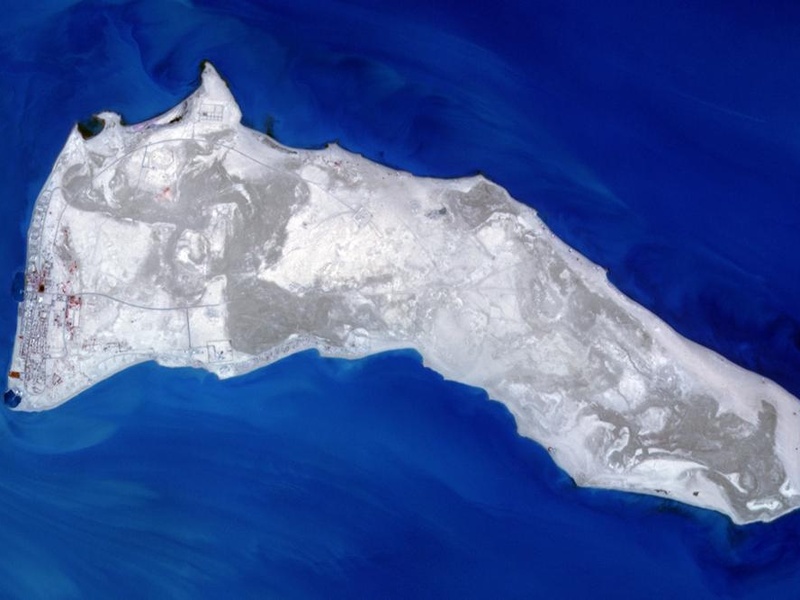
Failaka Island Archaeological Sites
List Failaka Island for its long archaeological record from Bronze Age and Hellenistic periods. It contains Greek-era ruins, ancient settlements, and Islamic-era remains. It shows Kuwait’s role in ancient trade and regional networks.
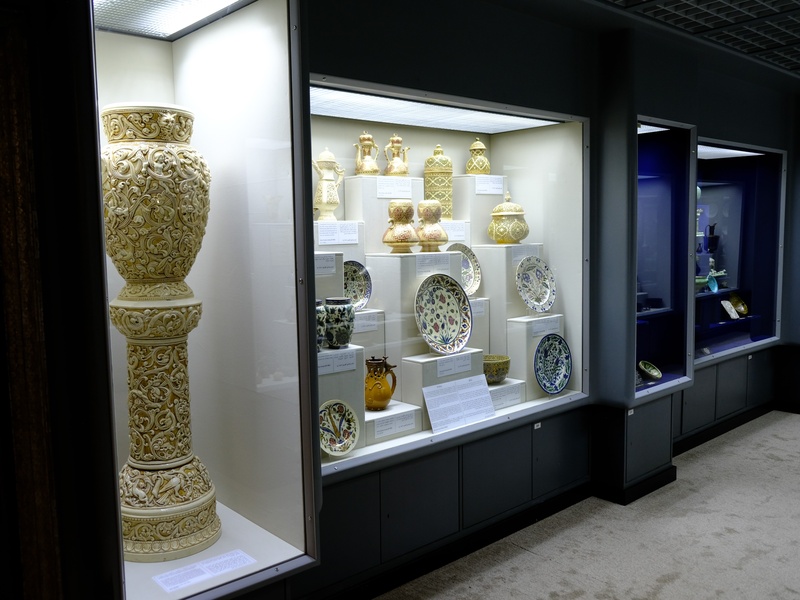
Tareq Rajab Museum
Note the Tareq Rajab Museum as a private collection of Islamic art and calligraphy. It holds textiles, manuscripts, jewelry, and ceramics. It provides deep context on material culture across centuries.
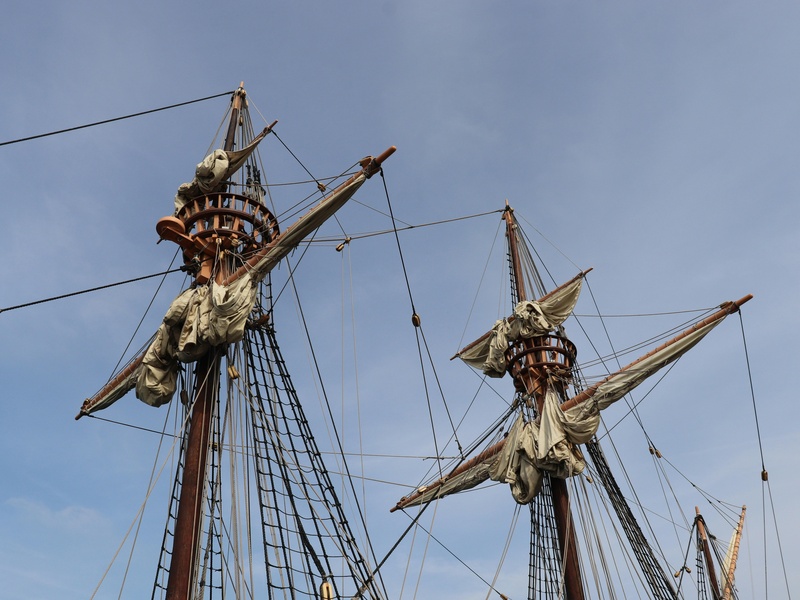
Maritime Museum
Include the Maritime Museum as a showcase of Kuwait’s seafaring past. It displays boats, maps, and diving tools used for pearl diving and trade. It highlights the economic and social life before the oil era.
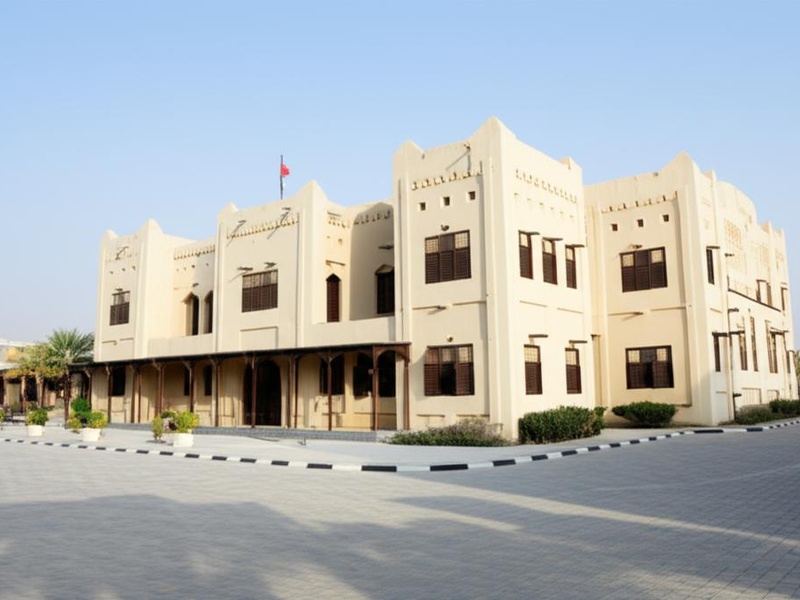
Bait Al-Othman Museum
Record Bait Al-Othman Museum as a house museum dedicated to Kuwait’s modern history. It presents oral histories, artifacts, and displays about daily life and national events. It helps explain social change over the 19th and 20th centuries.
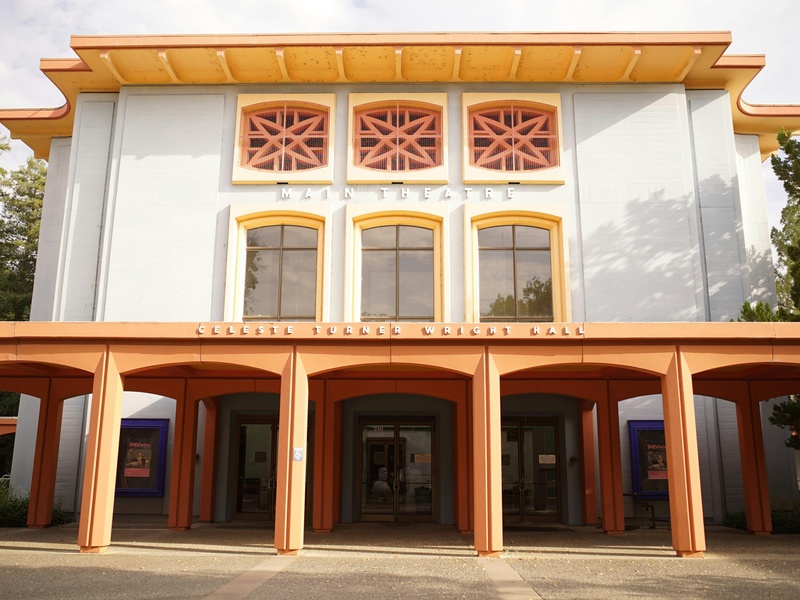
Amricani Cultural Centre
Note the Amricani Cultural Centre as a historic missionary-era building now used for culture. It reflects late 19th–early 20th-century foreign presence and medical missions. It holds layers of social and architectural history.
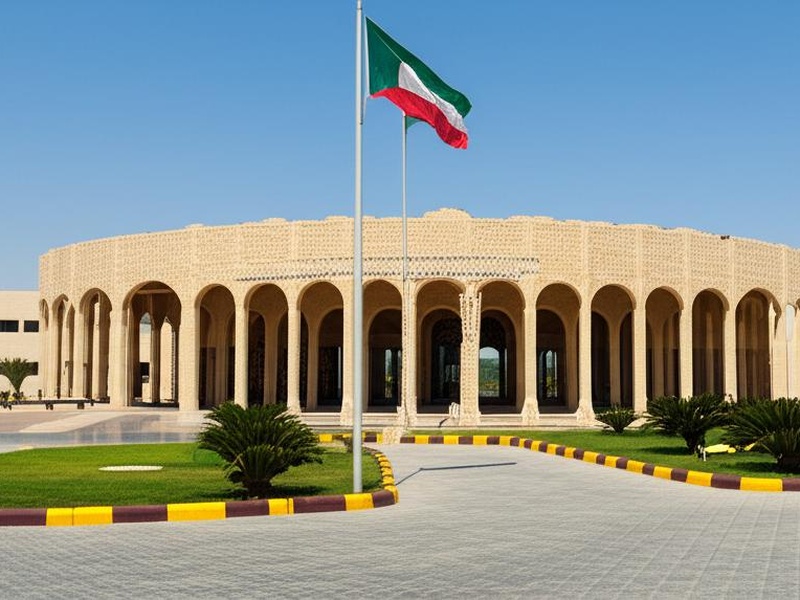
Kuwait House for National Works
Include Kuwait House for National Works as an institution that preserves national crafts and historical projects. It documents restoration efforts and traditional arts. It supports heritage education and public programs.
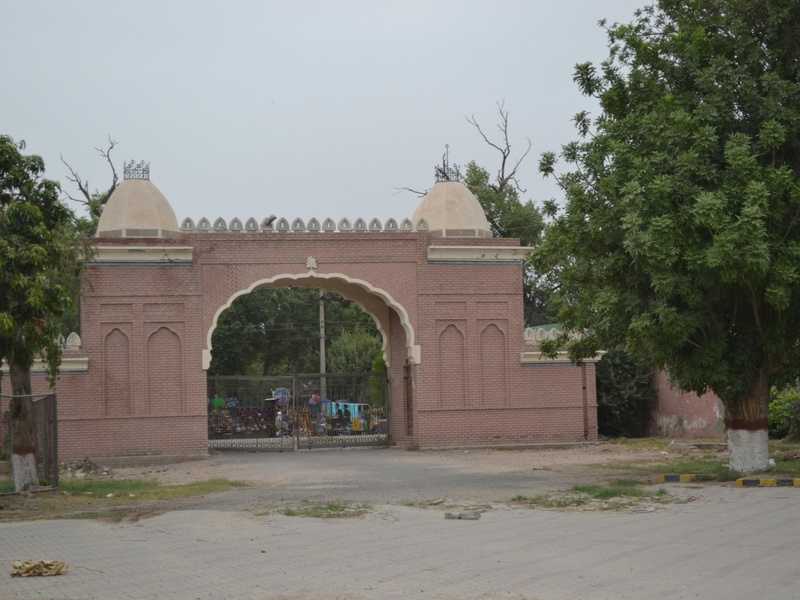
Shamiya Gate
List Shamiya Gate as a remnant of the old city fabric and historic entrance to a residential district. It marks urban patterns from earlier centuries and local community life. It serves as a reference point for the old town layout.

Shaikh Mubarak Kiosk
Note Shaikh Mubarak Kiosk as a small royal pavilion tied to Kuwait’s ruling family. It shows royal taste in architecture from the late 19th–early 20th century. It stands as a minor but symbolic historic structure.
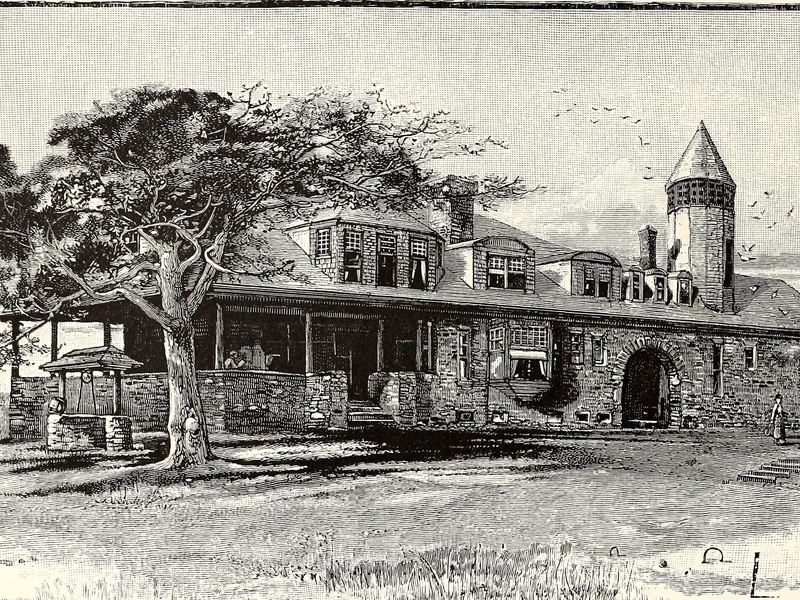
Naif Palace
Record Naif Palace as a historic royal or administrative residence with traditional design. It connects to Kuwait’s ruling history and official ceremonies. It complements the list by showing residential palace architecture.
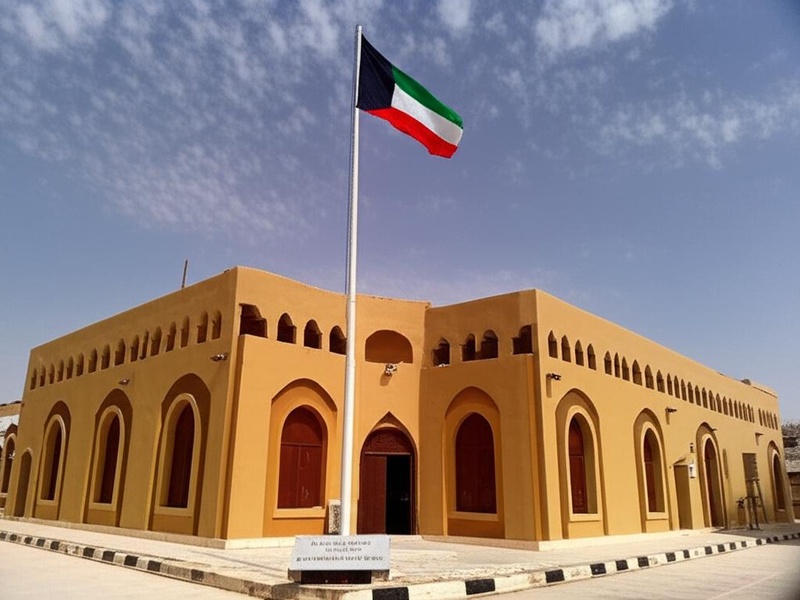
Al-Qurain Martyrs’ House
Include Al-Qurain Martyrs’ House as a modern museum and memorial for 1990 resistance during the Iraqi invasion. It preserves the site of a famous clash and shows personal stories from the occupation. It holds strong national significance.
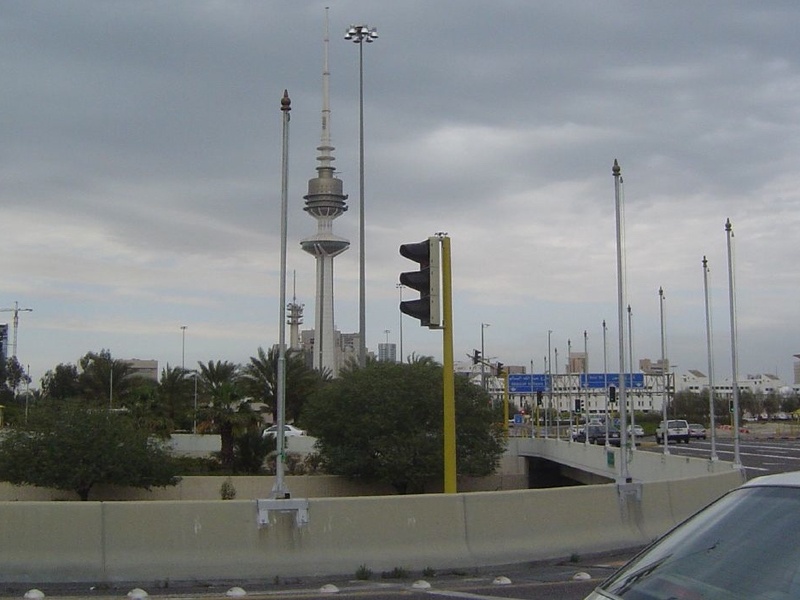
Liberation Tower
List Liberation Tower as a modern monument and telecom tower built after the 1991 liberation. It functions as a landmark celebrating freedom and recovery. It represents recent national memory and urban skyline change.
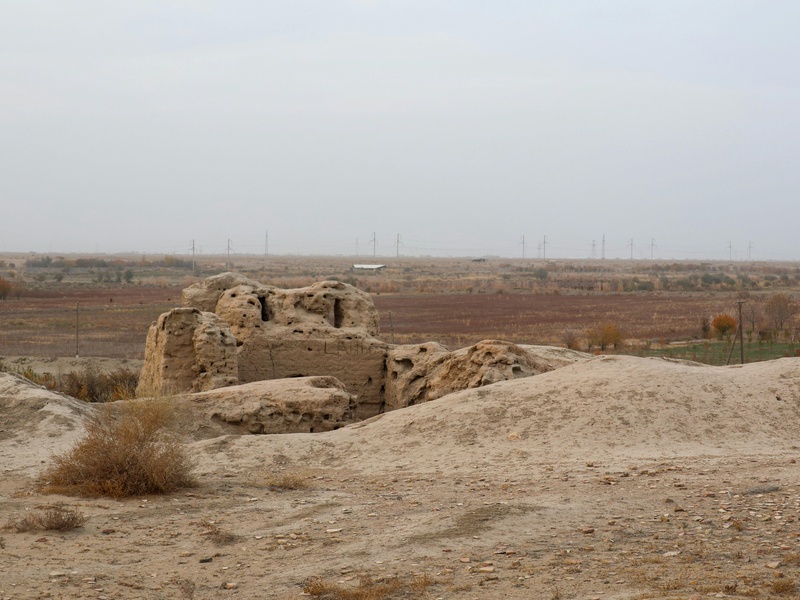
Al-Qusur Archaeological Site
Note Al-Qusur Archaeological Site as a coastal site with ancient habitation remains. It includes pottery sherds and structural traces from early historic periods. It adds to the picture of Kuwait’s long coastal settlement history.
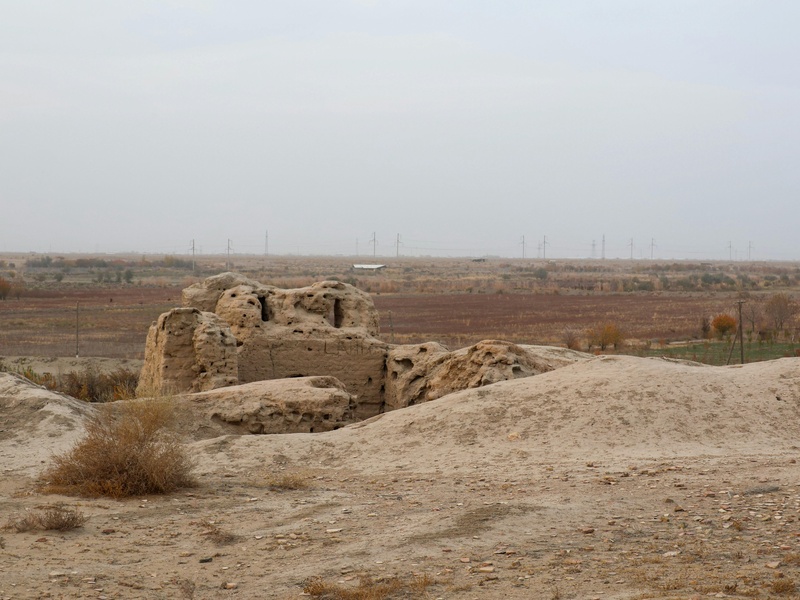
As-Subiyah Archaeological Sites
Include As-Subiyah as a group of Neolithic and Bronze Age sites in northern Kuwait. They show early human settlement, stone tools, and burial remains. They are key for understanding prehistoric life in the region.
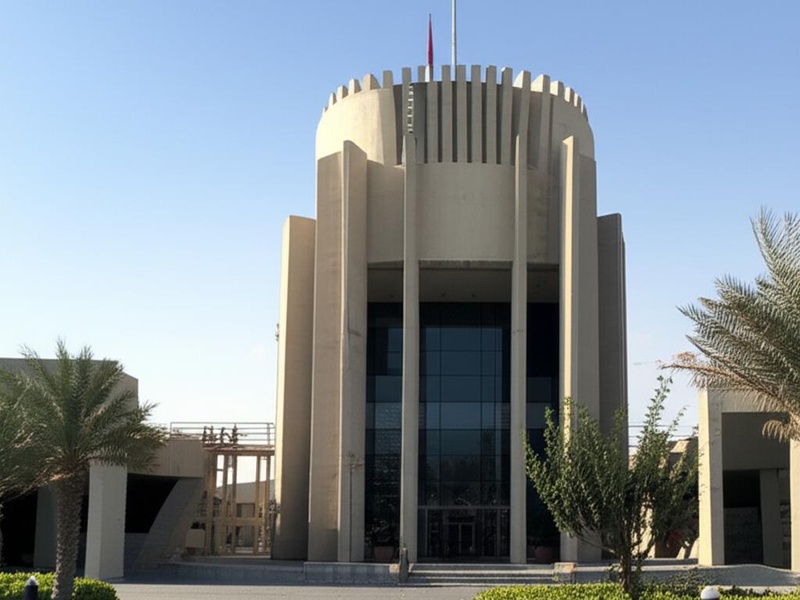
KOC Oil Display Centre
Record the KOC Oil Display Centre as an industrial heritage site about oil discovery and work. It presents machinery, models, and history of Kuwait Oil Company operations. It explains the oil industry’s role in modern state formation.
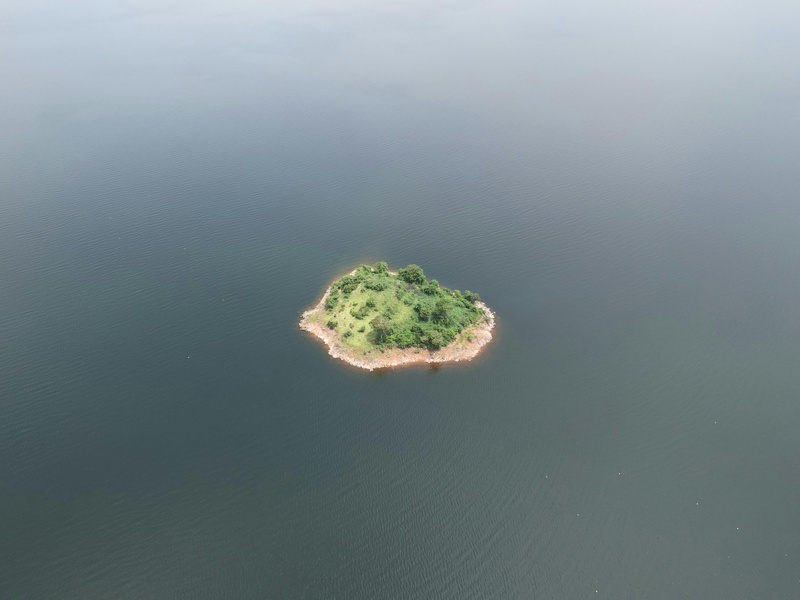
Umm an Namil Island
List Umm an Namil Island as a small island with archaeological middens and ruins in Kuwait Bay. It holds pottery and burial evidence from historic coastal communities. It contributes to the study of maritime settlement patterns.
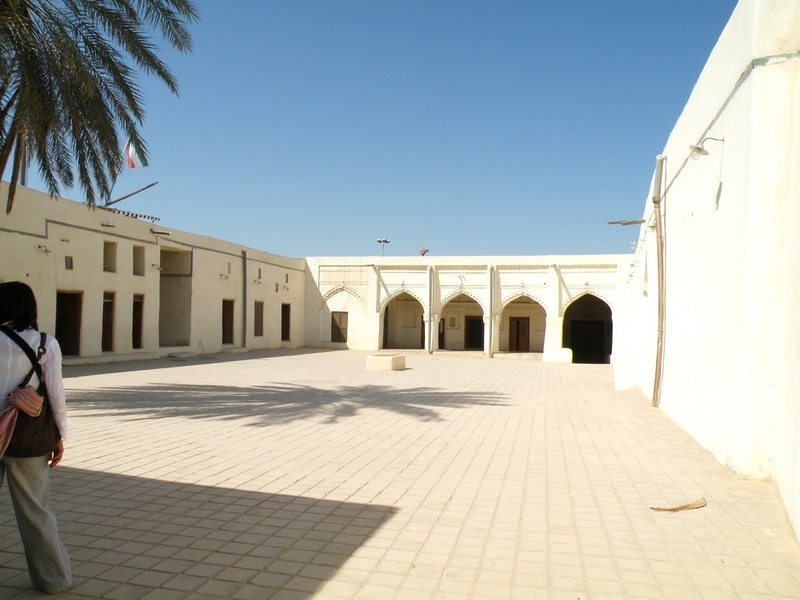
Beit Al-Bader
Note Beit Al-Bader as a restored merchant house that shows traditional Gulf domestic life. It displays furnishings, family artifacts, and local craftsmanship. It helps illustrate urban household history in Kuwait.
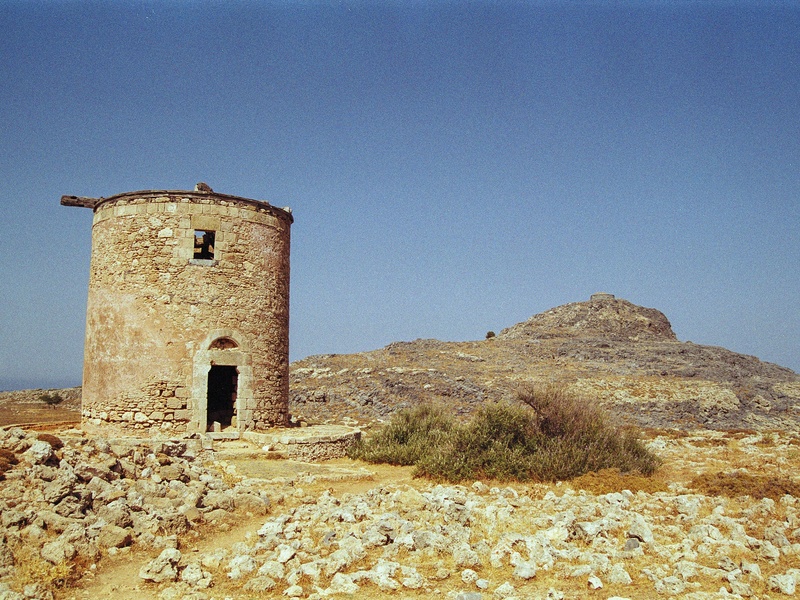
Kazimah Historical Area
Include Kazimah Historical Area as a town with old wells, forts, and caravan-route ties. It reflects inland settlement and trade activity across centuries. It adds regional rural and frontier history to the list.
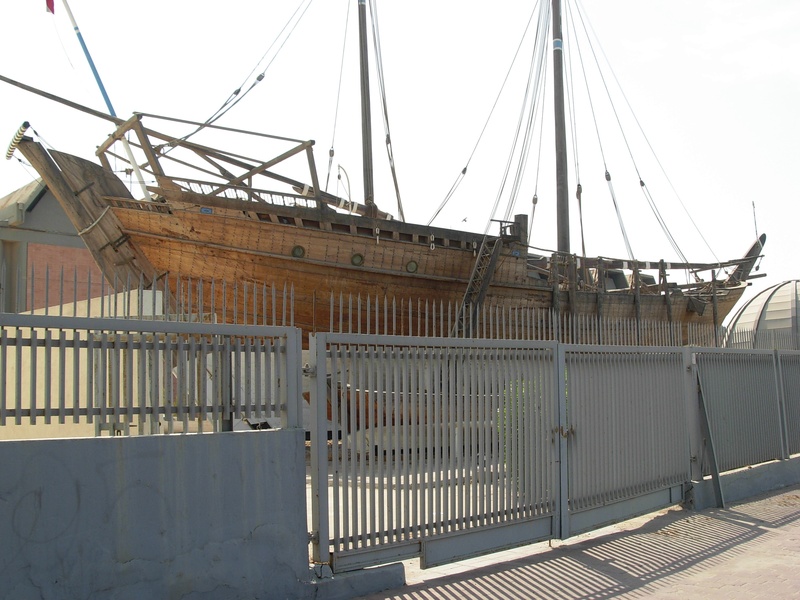
Boom Al-Muhallab
Record Boom Al-Muhallab as an historic waterfront quarter linked to boat repair and trade. It preserves urban coastal activities from earlier centuries. It fits the list for its maritime commerce heritage.
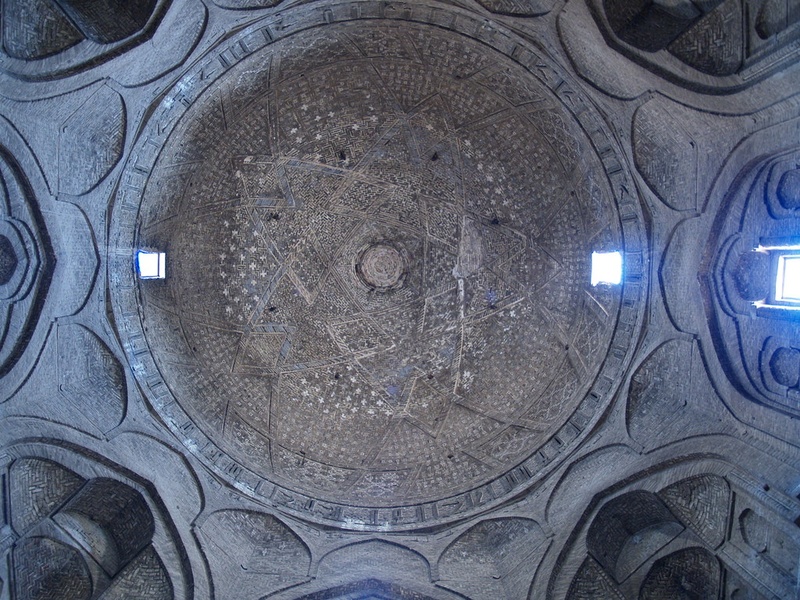
Old Souk Mosque
List Old Souk Mosque as a traditional neighborhood mosque near the old market. It reflects local religious life and simple historic mosque architecture. It offers context for daily worship and community history.
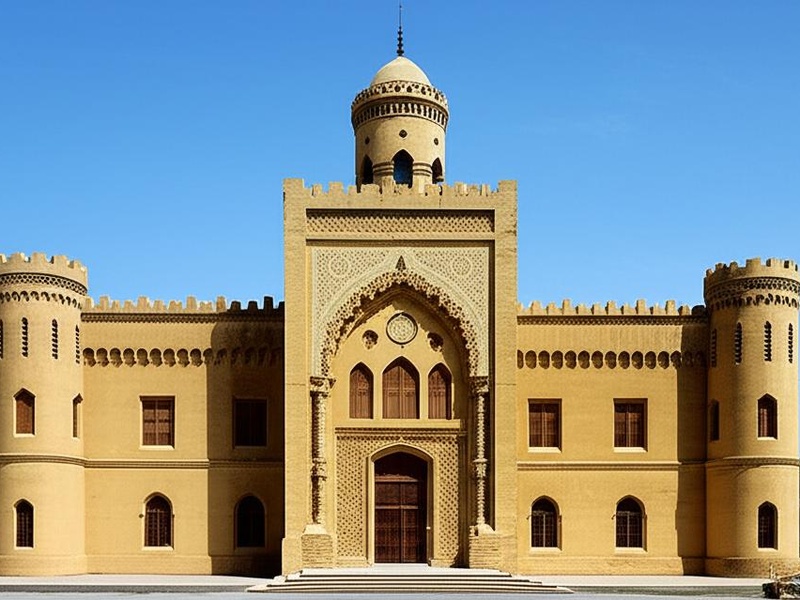
Qasr Khaz’al
Note Qasr Khaz’al as a historic palace linked to the Khazal family in the Khuzestan region. It sits just outside modern Kuwait borders but relates to Gulf political history. Include it for wider regional heritage context.
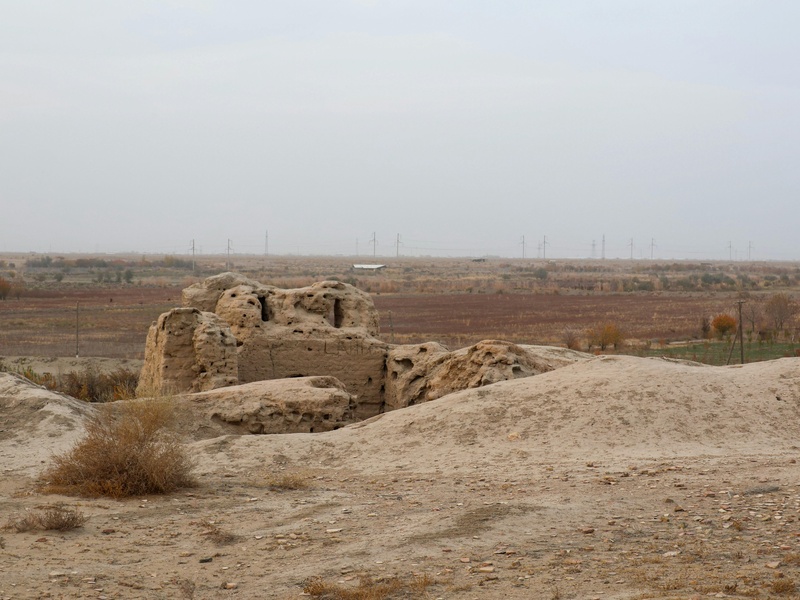
Bahra 1 Archaeological Site
Include Bahra 1 as a prehistoric site with shell middens and early pottery finds. It records coastal subsistence and early settlement in the Kuwait region. It is important for studies of ancient lifeways.
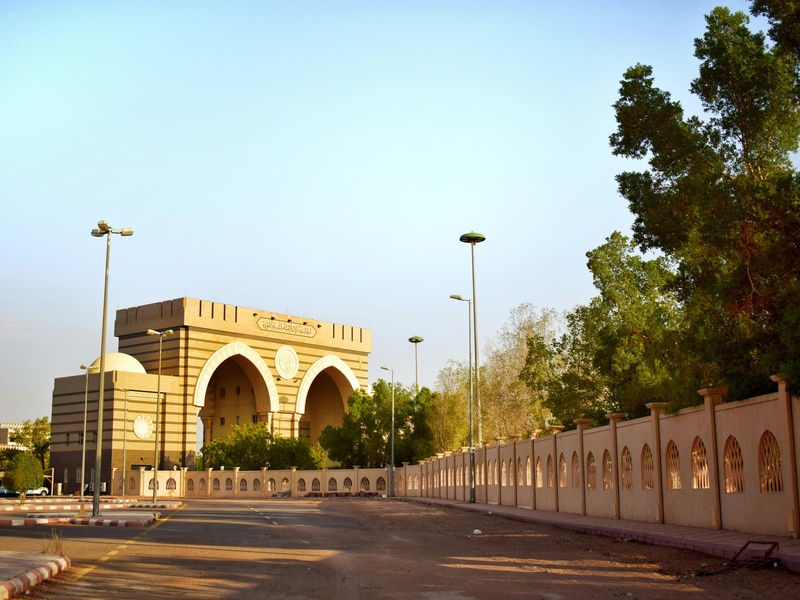
Maqsab Gate
Record Maqsab Gate as a historic city gate or defensive opening from the old urban fabric. It marks how past movement and defense shaped the city. It completes the list by showing urban infrastructure history.

